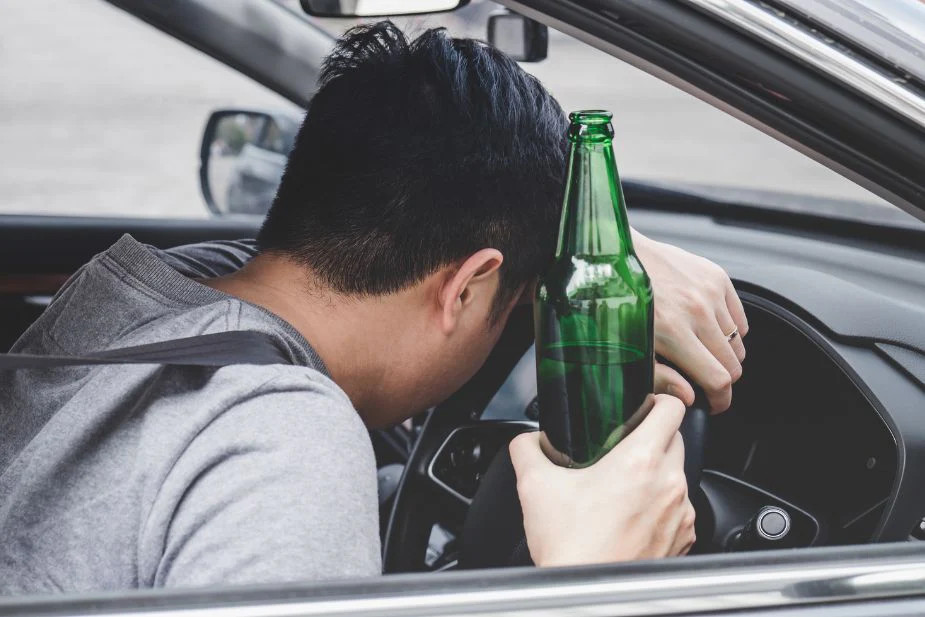Driving is an everyday activity, something many of us do without a second thought. But when alcohol comes into the picture, the consequences can be devastating. Understanding how alcohol affects your ability to drive and the legal and physical ramifications of making poor choices is essential for every driver.
The Legal Side of Drinking and Driving
Driving under the influence (DUI) is not just dangerous—it’s illegal. Laws and penalties vary by state and country, but they all have one thing in common: zero tolerance for impaired driving.
Common DUI Penalties Include:
- Heavy fines
- License suspension or revocation
- Mandatory alcohol education programs
- Jail time, depending on the severity of the offense or if injuries occurred
Beyond legal consequences, being charged with a DUI can have lasting impacts on your employment, insurance rates, and personal relationships. It’s a risk not worth taking.
Understanding Blood Alcohol Concentration (BAC)
Your Blood Alcohol Concentration (BAC) measures the amount of alcohol in your bloodstream. It’s a critical factor in determining your ability to drive safely.
Key Facts About BAC:
- How it’s measured: Usually through a breathalyzer or a blood test.
- Legal limit: For many countries or states, the legal BAC limit is 0.08%. However, for commercial drivers or drivers under the legal drinking age, the limit is often lower or zero.
- Factors that influence BAC: Gender, body weight, the type of alcohol, how fast you consumed it, and whether you’ve eaten recently can all affect your BAC.
It’s important to note that even if your BAC is below the legal limit, your driving can still be impaired. You don’t need to be “drunk” to make dangerous mistakes behind the wheel.
The Physical and Mental Effects of Alcohol on Driving
Alcohol impairs your body and mind in ways that directly affect your ability to drive safely.
Physical impairments:
- Slower reaction times, making it difficult to respond to sudden hazards.
- Poor coordination and reduced motor skills, making it harder to perform basic driving tasks like steering, braking, or maintaining lane discipline.
Mental impairments:
- Reduced focus and concentration.
- Impaired judgment, leading to riskier decisions like speeding or tailgating.
- Lowered inhibitions, which can increase reckless behavior.
Even small amounts of alcohol can have a big impact. A single drink can slow your reaction time, blur your vision, or make you feel more confident than you should.
Prevention and Responsibility
The best way to avoid a DUI and its consequences is simple—don’t drink and drive. But real-life scenarios aren’t always that straightforward. If you ever find yourself in a tough situation, consulting a DUI lawyer in Salt Lake City can make all the difference. Here are some strategies for staying safe and responsible:
- Designate a sober driver: Agree on someone in your group who won’t drink and will ensure everyone gets home safely.
- Use rideshare services or taxis: If no one in your group can drive safely, apps like Uber, Lyft, or a good old-fashioned taxi are your best bet.
- Plan ahead: If you know you’ll be drinking, arrange transportation before starting your night.
- Stay overnight: If you’re at a friend’s house or nearby accommodations, consider staying the night instead of driving.
- Be a responsible host: If you’re hosting, keep an eye out for guests who may need help calling a cab or finding a ride.
Responsible drinking is not about abstaining (unless that’s your choice); it’s about understanding your limits and ensuring your choices don’t put others at risk.
Conclusion
The next time you think about driving after consuming alcohol, pause and consider the potential consequences—not just for yourself, but for everyone sharing the road with you. By making responsible choices, you can prevent accidents, avoid legal trouble, and protect lives.









